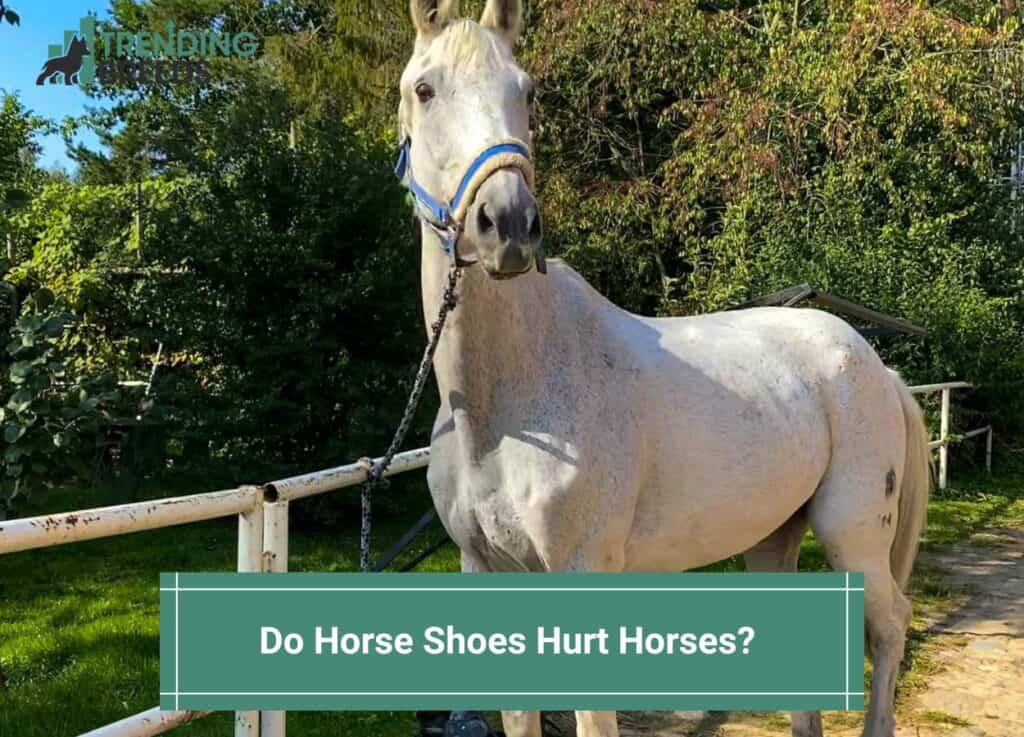
Horse owners widely adopt the practice of shoeing, and it has been prevalent for thousands of years. According to some historians, shoeing horses dates back to ancient Roman times. However, caring for your horse before putting horseshoes on it is essential. So, do horse shoes hurt horses?
Determining whether nailing a shoe into a horse’s hoof hurts is challenging as it depends on certain factors.
Horse hooves consist of keratin, the same substance that forms our hair and nails.
Since horse hooves don’t have pain receptors, nailing a shoe into the hoof is not painful. However, improper mounting of a horseshoe can cause discomfort and pain.
When the horseshoe is not correctly mounted, it can rub against the soft tissues of the frog and sole, leading to lameness in horses. Read on to learn more about horseshoes.
Before you scroll further down this guide, check out these other horse-related articles: Does A Horse Eat Meat? and Best Mini Horse Rescues in The USA.
Table of Contents
The Elements Of Horseshoes
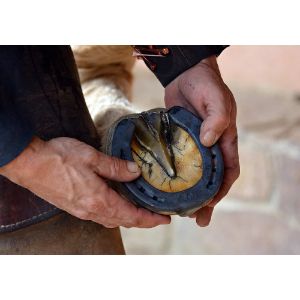
Steel is the most common material used to make horseshoes, but there are some cases where horseshoes have other materials.
For instance, aluminum horseshoes are preferred for racehorses as they are lighter and can enhance their speed.
Additionally, horses with hoof or foot injuries can wear “boots” made of rubber, which feature a built-in rubber horseshoe to provide a more cushioned walking surface and better support.
Are Horseshoes A Must For My Horse?
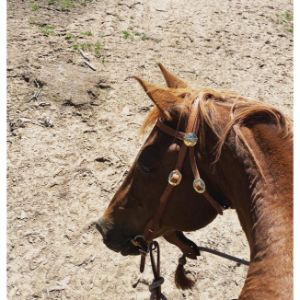
In essence, horseshoes are not essential for maintaining a horse’s health but can protect their hooves.
In addition, shoeing can prevent excessive wear and tear if your horse frequently walks on abrasive surfaces such as concrete or stones.
Moreover, when horses walk on uneven or rough surfaces, it can cause uneven wear and tear, leading to an abnormal gait and joint stress.
Therefore, whether or not horseshoes are necessary for maintaining your horse’s health depends on their lifestyle and environment.
How Are Horseshoes Put On A Horse?
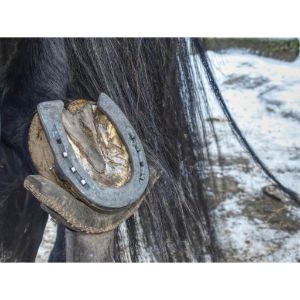
The professionals responsible for attaching horseshoes to horses are called farriers.
They use specific nails to fix the horseshoe to the hoof. Horses’ hooves are of the same substance as human nails, and similar to trimming nails, attaching horseshoes does not cause the horse any discomfort.
After inserting the nails through the outer edge of the hoof, the farrier bends them over to create a hook-like shape, then files down any sharp edges and trims the hoof to guarantee a secure fit.
As the hoof grows, it will eventually cover the horseshoe, indicating it is time to replace it.
Why Are Horseshoes Used?
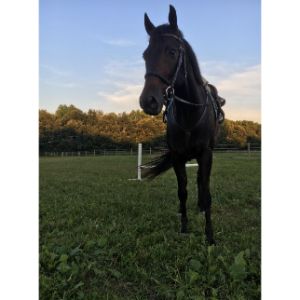
There are several applications of horseshoes. The most common purpose is to reduce stress and wear and tear while running on rough surfaces.
However, horseshoes can also serve as corrective shoeing for horses with bone or muscular issues and are customized accordingly.
Moreover, horseshoes are beneficial for providing traction and improving ground grip. In some cases, horseshoes enhance gait support, particularly in show horses and breeds that require high steps.
Horseshoes can also enhance the performance of racehorses by adding support, improving grip, and enabling them to run smoother and faster.
Different Types Of Horseshoes
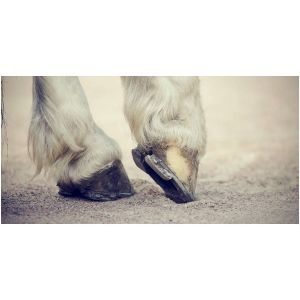
Here is a list of the types of horseshoes:
Fullered Front Horseshoe
This common horseshoe type has a central crease that fills with soil to provide grip. It is typically for recreational horses.
Straight Bar Horseshoe
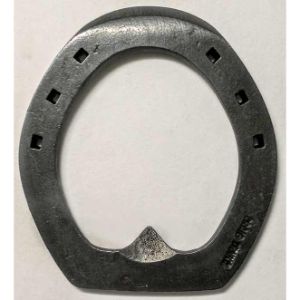
These horseshoes have a bar on the back that runs along the heel to protect against bruising and provide support for horses with laminitis.
Egg Bar Horseshoe
Similar to straight bar horseshoes, these extend further behind the heel to protect against sheared heels and navicular syndrome.
Sliders
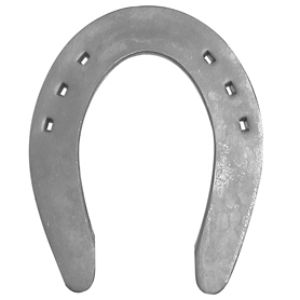
These horseshoes are more expansive than regular shoes and have a rocker toe, allowing for exaggerated slides. They are generally for reined horses.
Sliderette
Similar to sliders but not as wide, these shoes are for rope or young reined horses requiring slide and control.
Rim Horseshoe
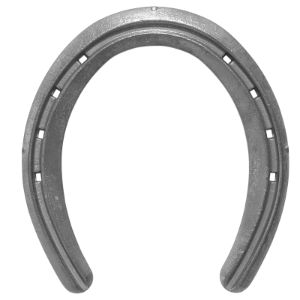
These horseshoes have a groove or rim that wraps around the outside edge and are for fast-moving horses that require frequent stops, such as barrel and polo horses.
Disadvantages Of Horseshoes
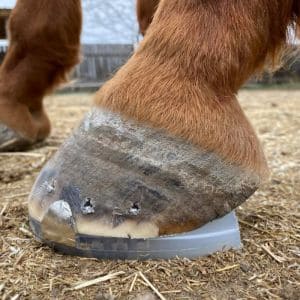
Less Shock Absorption
The flexible parts in the back half of the horse’s foot, namely the digital cushion and hoof cartilage, play a crucial role in providing natural shock absorption to the leg. Wearing horseshoes can minimize that ability.
Decrease In Natural Flexibility
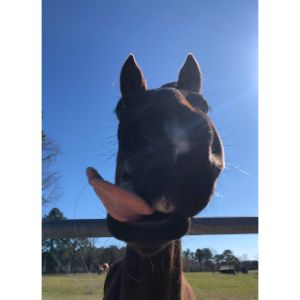
Wearing shoes reduces the natural flexibility of the hoof, which is necessary for optimal hoof function.
Horses with shod feet and lower legs tend to have decreased circulation, leading to lower temperatures and a higher risk of injury.
Additionally, the lack of nutrients and oxygen in the tissues can impact the quality and growth rate of the hoof’s horn.
Peripheral Loading
When a horse wears shoes, its hooves are raised off the ground, causing the back of the frog and the circumference of the sole to lose contact with the land and no longer carry part of the load.
As a result, hooves that are loaded peripherally are more likely to deform, and the sensitive lamellae may suffer. Additionally, the bars can get stuck under the shoe and bend in an undesirable position.
Less Grip And Touch
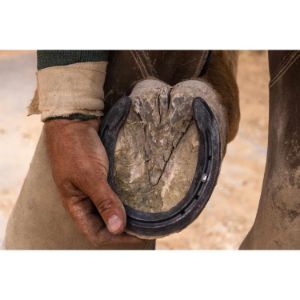
Metal shoes are slippery compared to the hoof horn, giving shod horses less grip.
However, if you observe shod and unshod horses on various terrains, you’ll notice that unshod horses have a superior grip on snow, ice, tarmac, and even wet grass.
Additionally, unshod horses have a better sense of touch and proprioception, allowing them to choose their foot placement more carefully, reducing the risk of injuries.
Damage Due To Nails
The holes made by nails can dry out the hoof horn, weakening walls and creating openings for fungi and bacteria to enter.
The hoof horn is a highly effective insulator, but when the shoe has metal nails, they allow the surrounding temperature to penetrate deep into the foot.
Can You Modify A Horseshoe?
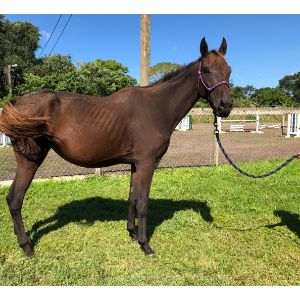
Numerous modifications are accessible for horseshoes to enhance a horse’s performance.
One of these is the toe grab, a bar that wraps onto the horseshoe’s toe, which aids in grip during high-speed activities.
In addition, horses with severe injuries and cracked hooves can benefit from toe extensions that prevent them from knuckling over due to insufficient support.
Another modification is the horseshoe studs that offer additional traction, particularly on softer surfaces such as grass and mud, reducing the chances of slipping and falling.
The Proper Way To Clean Horseshoes
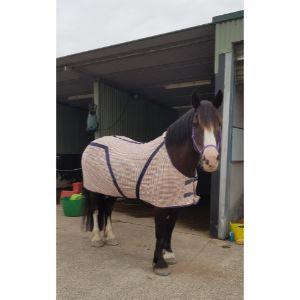
Grooming a shoed horse’s hoof is similar to grooming a barefoot horse. Start by picking out rocks, dirt, or manure from the hoof area.
Then, begin from the front and work to the back while paying extra attention to cleaning the crease line between the hoof and the horseshoe.
Next, use a stiff, bristled brush to remove any excess debris. Make sure to clean the top of the horseshoe on the outside.
Next, apply Kiss A Frog Foot Wash to the soft tissue areas of the sole and frog, then let it dry for 2-3 minutes.
Finally, spray Jojoba Hoof Moisturizing Mist along the periople and let the product drip down.
A small cotton ball spreads the solution onto the hoof, ensuring it is absorbed. While cleaning, inspect the horseshoe for any issues such as peeling, rust, or damage.
If any problems are detected, contact your Ferrier for a solution.
FAQs About Horseshoes
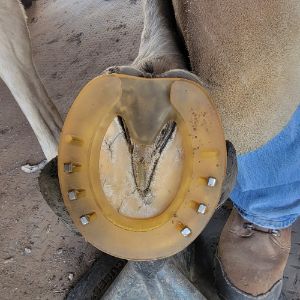
Do horses need shoes?
Horses do not necessarily need shoes in all situations. In the wild, horses survive and thrive without shoes.
However, wearing shoes may benefit domesticated horses living in environments exposed to complex, rough surfaces such as concrete, rocky terrain, or asphalt.
In addition, shoes can help protect their hooves from excessive wear and tear and prevent injuries.
Finally, horses with specific hoof problems or conditions may also require shoes for support or corrective purposes.
Ultimately, the decision to shoe a horse should be made on a case-by-case basis, considering the individual horse’s lifestyle, environment, and medical conditions.
Do horses enjoy being shoed?
Some horses may not mind the shoeing process and may even find it relieving to have a well-fitted shoe.
However, other horses may find it uncomfortable or stressful, especially if they have sensitive hooves. Therefore, working with a qualified farrier who can make the horse’s shoeing process as comfortable as possible is essential.
Why don’t wild horses need shoes?
Wild horses don’t need shoes because they have evolved to live and thrive without them.
Horses in the wild move around constantly, covering long distances over varied terrain, which helps keep their hooves naturally worn down and firm.
Additionally, the diet of wild horses is typically high in nutrients like biotin and zinc, which promote healthy hoof growth.
On the other hand, domestic horses often have more limited movement and a diet that may not provide the same level of nutrients, leading to weaker hooves and a need for shoes to protect them.
Does it hurt a horse to lose a shoe?
Losing a shoe can cause some discomfort for a horse, but it is not necessarily painful.
Horses can feel pressure and vibrations in their hooves, and when a shoe comes off, the hoof may be more sensitive to these sensations.
Additionally, if a shoe comes off and the horse continues to walk or run on hard or rough surfaces, it can cause wear and tear on the unprotected hoof, leading to discomfort or injury.
Therefore, it is vital for horse owners to regularly check their horses’ hooves and shoes to prevent any potential problems.
Why do horses need shoes but not wild horses?
Domestic horses need shoes because their hooves may not naturally withstand the wear and tear of hard or abrasive surfaces, especially when ridden frequently or used for work.
In contrast, wild horses live on natural terrains and typically travel many miles daily, which naturally wears down their hooves and keeps them in good condition.
Wild horses also have a more varied diet and lifestyle that naturally helps maintain the health of their hooves.
Additionally, domestic horses may have traits that may not be ideal for hoof health, such as larger body size and heavier weight.
Do Horse Shoes Hurt Horses?
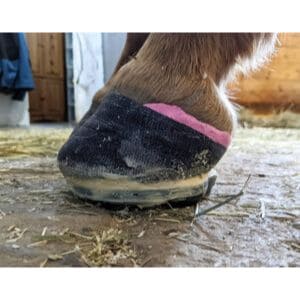
Nailing a shoe into a horse’s hoof is not painful, but improper mounting can cause discomfort and pain. Horseshoes are not essential for maintaining a horse’s health, but they can protect their hooves and feet.
Shoring a horse should be based on its lifestyle and environment. Horseshoes serve different purposes, such as reducing stress and wear and tear, providing traction and improving grip, and enhancing gait support.
There are different types of horseshoes available, each with its unique characteristics. Modifications such as toe grabs and horseshoe studs are accessible to improve a horse’s performance.
Cleaning a horseshoe involves cleaning the hooves, brushing excess debris, and applying foot washing and moisturizing mist.
Finally, horse owners must know their hoof health and consult a professional farrier for any issues or concerns.
If you find this guide, “Do Horse Shoes Hurt Horses,” informative and helpful, you can check out these other horse-related articles from our team:
You can learn more about horses by watching “15 Interesting Horse Facts You Probably Never Knew! *TESTED*” down below:




